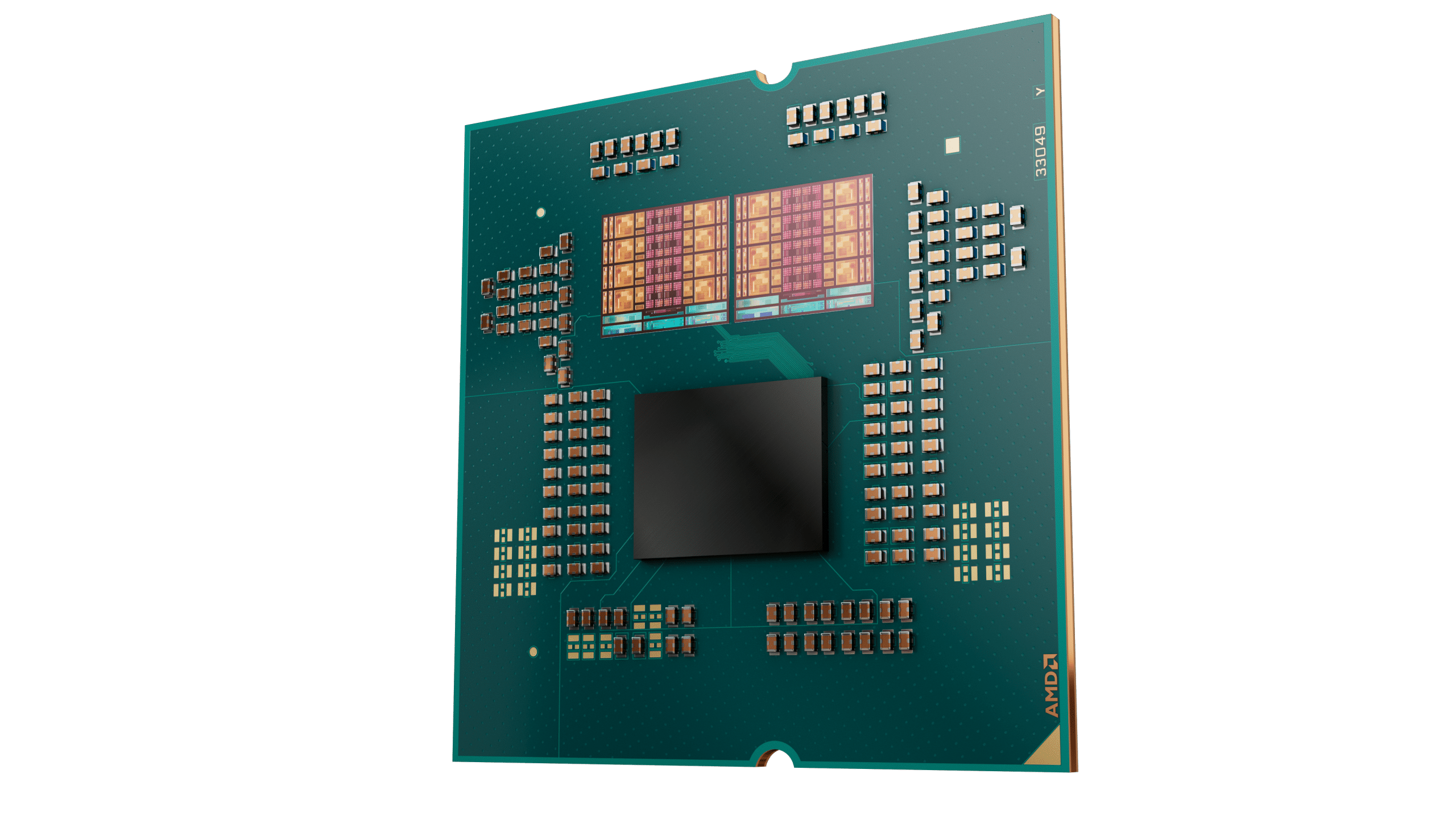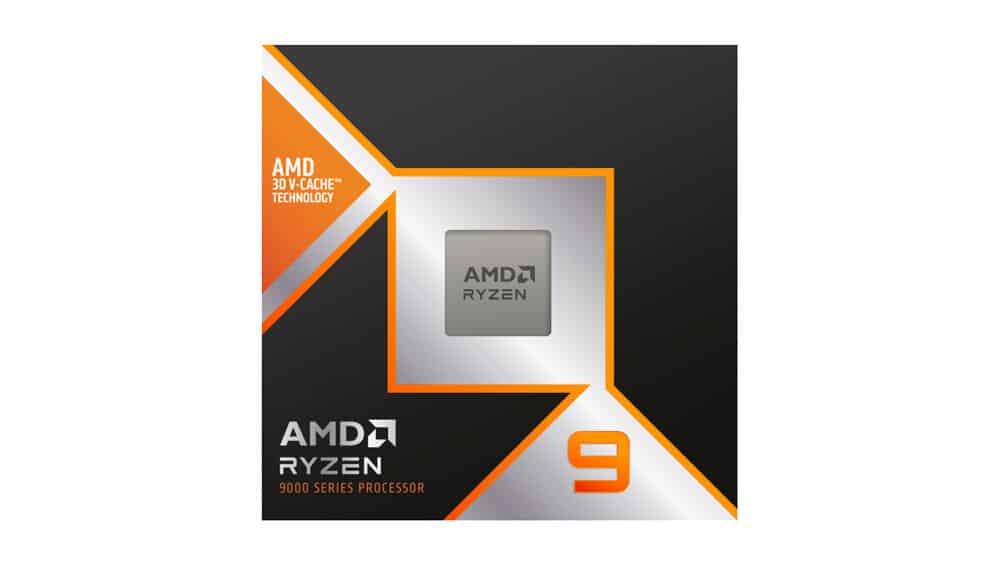Will Intel manage to turn the tide, which is against it this period, in its favour, with the new Arrow Lake CPUs? In today’s review I look at the flagship model of the line, the Core Ultra 9 285 to check if it manages to offer something that will lead Intel again back on track. Read the full review to see whether the new CPUs will be Intel’s salvation or disaster.
Intel launched its new Core Ultra 200S CPU series some days ago, and today, the NDA is lifted, so we can finally share our results with you. Contrary to AMD, which ships its new CPU models some days before the new launch, Intel CPUs were in the hands of most reviewers 1-2 weeks at least before the NDA’s end, which helps a lot in testing everything properly. Unfortunately, I wasn’t among these reviewers since I had to buy the CPU and the mainboard I will use in today’s review. What bothers me most is not the amount that I had to pay to get them, which was significant, but the restricted time that I had to evaluate them fully. I had to work 12-14 hours straight for several days to run the necessary tests, and I also had to reset my CPU database completely since I decided to use new games and benchmarks. This is why I will only compare to the top Arrow Lake processor with the top AMD CPU, the Ryzen 9 9950x, and the Intel i9 13900K, which has identical specs and performance with the 14900K, and the top gaming processor, till the 9800X3D is released, the AMD Ryzen 7 7800 X3D.
Another note here: with every CPU launch, we reviewers must reset our databases and previous results since we have to use the updated Windows versions, drivers, and mainboard BIOS. All these updates affect performance, so you cannot mix old results with new ones. Given that I cannot test 10-15 CPUs every now and then, I decided that the best and most accurate way is to test the ones relevant to the CPU under test to provide you with the relevant comparison charts.
Relevant reviews:
- AMD Ryzen 9 9950x CPU Review: Performance, Thermals & Power Analysis
- AMD Ryzen 9 9900x CPU Review: Performance, Thermals & Power Analysis
- AMD Ryzen 7 9700x CPU Review: Performance, Thermals & Power Analysis
- Windows 24H2 vs. 23H2. 12x Games, More than 550 Tests – Zen 4 (Ryzen 7 7800X3D)
- AMD Ryzen 7 7800X3D Revisit: The Best Gaming CPU
- AMD Ryzen 7 7800X3D CPU Review: Performance, Thermals & Power Analysis
Specifications
The top processor of Intel’s Arrow Lake or Ultra 200S series is the Core Ultra 9 285K, which utilizes the full capabilities of the Arrow Lake-S design. It has 8P+16E cores. The performance cores are of the “Lion Cove” type, and the efficiency ones are of the “Skymont” type. The L3 cache memory is 36 MB. From frequencies, the E-cores have a base frequency of 3.2 GHz and a boost one at 4.6 GHz. The respective clocks for the P-cores are 3.7 GHz and 5.5 GHz, and there is also a turbo-boost Max 3.0 mode for up to four cores, which raises the clocks to 5.6 GHz. However, Intel pushed it even further with the Thermal Velocity Boost (TVB) at 5.7 GHz for up to two cores. Apparently, Intel is after the performance crown, which has belonged to AMD for quite a long.
The P-cores on all new processors have 3 MB of dedicated L2 cache. The E-cores are in 4-core clusters, each sharing a 4 MB L2 cache. For the CPUs featuring an iGPU, the latter is based on the Xe-LPG architecture, so it is the same powering the Meteor Lake iGPUs.
Since AI is well into our lives, Intel integrated an NPU unit on all its new CPUs. This unit features two Gen 3 NCEs (neural compute engines) and offers a peak performance of 13 TOPS. The performance level is way below the 40 TOPS required by Microsoft Copilot+ AI PC certification.
Regarding power consumption, Intel’s official power rating states that all five new processors have 125W base power. The 285K, 265K and 265KF have 250W maximum turbo power, while the 245K and 245KF have their maximum turbo power value reduced to 159 W.





Given that you are mostly known for the PSU Wizzard, you should also include the whole system power draw (idle most importantly) with or without dedicated GPU. This is important when choosing PSU based on the given power draw (choosing between PSUs with low load performer or normal load performer).
Whole system power consumption is affected by the PSU and the rest parts I use. Most of you won’t use the same so I believe that providing exclusive CPU power figures is the best.
The U9 285K has no AVX512 only AVX2 or am i missing something?
yeah my mistake there, was left from the template review I used 🙁
yeap.